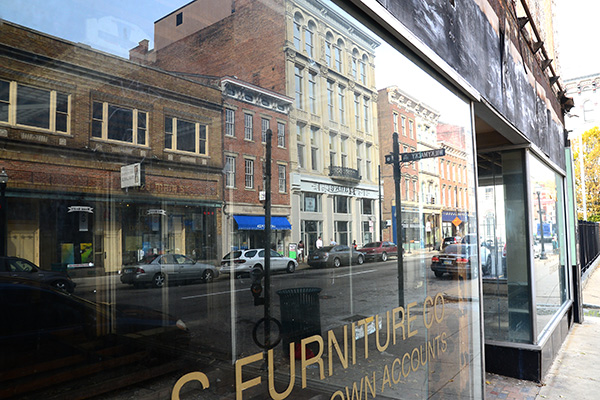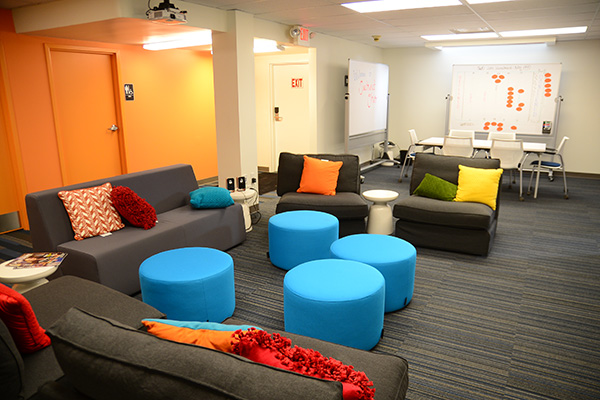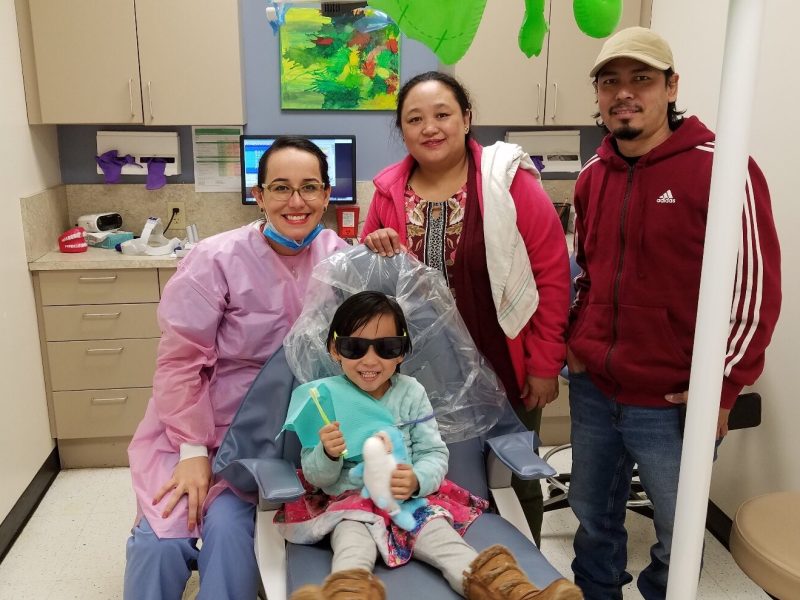Hanke Exchange envisioned as business gateway between OTR and downtown
The Hanke Exchange is a collective rebranding of five buildings on Main Street from Reading Road to Michael Bany Way. With it, the Stough Group answers the revitalization boom on Vine Street by planting seeds for new, office-user tenant growth to revive its block of Over-the-Rhine.
Following investment of nearly $10 million in its five properties on Main Street, as well as the acquisition of the Davis Furniture building this fall, the Stough Group is now in position to draw the 1100 block of Main Street together as the “Hanke Exchange,” a business and office gateway between Over-the-Rhine and downtown Cincinnati.
Beginning on Main Street north of Reading Road, the buildings under the Hanke Exchange umbrella are the Jupiter, Sapadin, Woolworth, Pawn Shop building and the Hanke. As the Stough Group transitioned from a biomedical company to a real estate developer in the mid-’80s, it purchased properties around the Hanke building, its headquarters since the 1970s. Now, after two decades of negotiating, a collapsed roof in the Woolworth building persuaded its owner to sell, and the Stough Group has the final piece to complete the Exchange.
“I thought, why not look at these five buildings as a whole?” says Scott Stough, marketing director for the Stough Group. He had been getting interest from U.S. Bank and other corporate interests for staff offices. This led to the idea of rebranding the block as a gateway aimed specifically at downtown business tenants that are interested in OTR but not quite ready to sink roots into one-off buildings. To these tenants, the Hanke Exchange represents stability and a different sense of community than currently exists in downtown or other parts of OTR.
“It’s great for the feel of OTR. Having first-floor office users and seeing people working helps everyone feel safer and less isolated,” Stough says.
To increase the sense of connectedness, Stough had the old Sapadin department store logo painted over with one for the Hanke Exchange, using the ornate ‘H’ character from the original Hanke department store logo. He is also engaging 170-year-old Cincinnati bell clock and tower manufacturer, the Verdin Company, to build a decorative archway over Main Street at the point where the Exchange begins. It’s a project that could further lead into “street quieting,” which means bumping out the sidewalk to delineate stretches of parking spaces and provide a place for trees and landscaping.
Meet the neighbors
The goal wasn’t always creating a picturesque, stable environment for nine-to-fivers on Main Street, though. In the early 2000s, the Jupiter and Hanke buildings housed a series of bars and nightclubs, which long-term OTR residents may remember at various times as Cell Block, Club Dream, Have A Nice Day Café and The Exchange.
“The tricky thing was that bars and places like that tend to have a lifespan of only about two years,” Stough says. Now, as a way of shoring up its investment on the block, the Stough Group is remodeling the empty spaces to house a different sort of tenant this time around.
In addition to its own offices in the Hanke building, the new push for stable office users has netted the Stough Group corporate and institutional tenants including Grifol’s PlasmaCare, U.S. Bank, Human Capital Institute and, most recently, Teach For America. The latter occupied the Hanke building’s back offices for five months while the Stough Group remodeled the Jupiter building, installing new windows as well as office equipment and décor.
The new Jupiter building offices are TFA’s first permanent headquarters in the region. For the past year they have been hopping between different donated spaces around Cincinnati, looking for a place both financially viable and with the “right vibe.”
“We wanted to be in a location that felt like part of a community,” says Ben Lindy, Executive Director of TFA’s Southwest Ohio region. “This part of Cincinnati is exciting, rich in history and diverse. We wanted to be close to all that.”
The early October move-in makes TFA the new kids on the block, while their upstairs neighbors, the Human Capital Institute, have been OTR office users since August 2011. After 18 months in West Chester, the group decided to make the move downtown to be more accessible to its increasingly urban talent and client pool.
“For us, it was important to be a part of an evolving and vibrant community,” says Angela Young, HCI Senior Vice President of Marketing. “Part of our business is to stay up on the pulse of the changing economy, and we feel like this location has a special ability to express that.”
Since moving to Main Street, HCI has expanded from seven employees to 17, now occupying the second floors of both the Jupiter and Sapadin buildings.
The final pieces
The Woolworth building, adjacent the Sapadin, has been vacant for five years. The Stough Group had attempted to purchase it for nearly two decades, but it wasn’t until the roof collapsed that the owner was finally willing to sell. That leaves a lot of work to be done before the building is habitable, but the Stough Group is excited to finally have all five properties for the Hanke Exchange. Stough is laying the groundwork for renovation, and in the meantime allowing Art Academy of Cincinnati students to exhibit their work in the storefront displays.
The eventual goal, Stough says, is to find a large institutional or corporate tenant to occupy the first and second floors of the Hanke building, and move the Stough Group into the Woolworth. With that, (and Lucy Blue pizza entering its second year on the first floor of the Pawn Shop building) the Hanke Exchange will have 100 percent tenancy in each of the storefront spaces.
The Stough Group’s latest acquisition, however, adds yet another challenge and opportunity to the landscape of the Hanke Exchange. After nearly a decade of vacancy, the Davis Furniture building went into foreclosure, and then to auction in May. The Stough Group bought it, only to find that the building’s structural integrity likely makes restoration prohibitively complex and costly. It no longer complies with Ohio building codes for seismic resistance, and Stough’s structural engineer reported that the building could potentially collapse at any time—floors sag with cracked joists, some of which hold three stories of masonry. Bricks and windows had been falling out until Stough had the building freshly boarded up.
Still, it’s too early to say definitively what will happen with the building, Stough says. If it proves economically feasible to save, he would like to see it remodeled with a large first floor retail space and three floors of residential units above that. It wouldn’t be the first time the Stough has tackled such a project.
The cornerstone
In 1996, Stough’s father leased the street-side section of the Hanke building for his biomedical clinic. The department store was originally L-shaped, and the unused rear portion as well as several adjacent warehouses had deteriorated badly. The city wanted to demolish the warehouses and the whole Hanke building.
“This building had such an impact on Main Street that my father was sickened to think of losing it,” Stough says.
Stough’s father convinced the city that he could save and redevelop the Hanke building. He paid $1 for it, and has since invested $5 million in its restoration. The Stough Group now holds real estate in 15 states, but its headquarters and larger development projects have remained firmly rooted in the Hanke building and Main Street.
“It has been our home for four decades,” Stough says. “It’s our pride and joy.”





















